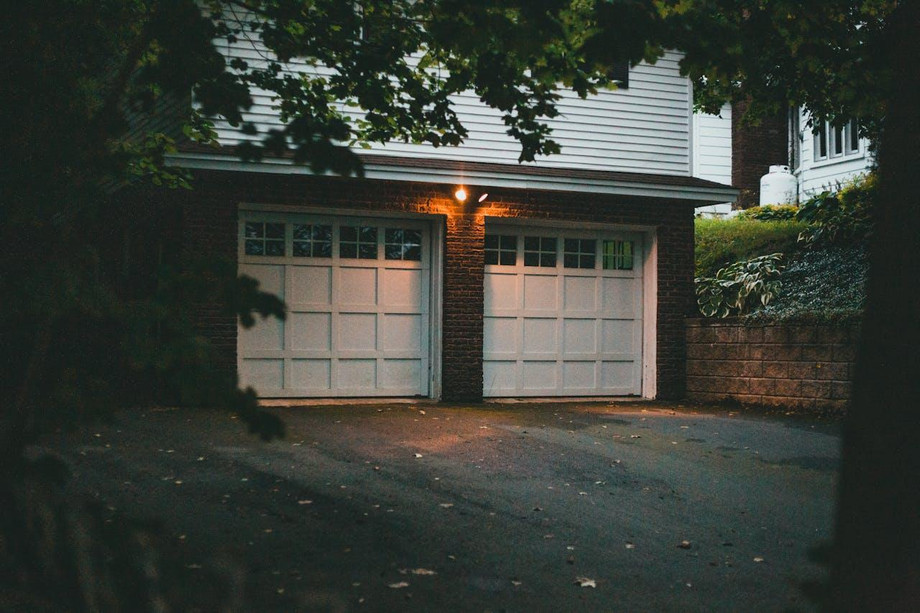Ah, that cold draft slipping through a poorly insulated garage door can make your garage feel chilly and unpleasant! It's not just about comfort; this can also cause your heating bills to soar as you try to keep the cold at bay.
Let's dive into some straightforward steps on how to enhance your garage's insulation. By improving the insulation, you can keep your garage cozy and potentially reduce those rising energy costs. Let's explore some effective ways to seal up those drafts and keep your garage warm.
The Importance of Garage Door Insulation:
Maintaining good insulation on your garage door is key. It effectively blocks cold air during the winter and keeps your garage cooler in the summer by reflecting heat away. This not only makes your garage a more comfortable space throughout the year but also cuts down on energy usage.
With better insulation, your heating and cooling systems don't have to work as hard, which can lead to noticeably lower energy bills. This simple upgrade can have lasting benefits, helping you save money while improving the comfort of your garage space.
How to Maintain and Improve Your Insulation:
Maintaining proper insulation for your garage door is essential for energy efficiency and comfort in your home. Here’s a detailed guide on how to check and improve your garage door insulation:
- Check for Gaps and Leaks:
Begin by examining the edges of your garage door for any gaps or small cracks. Significant amounts of air can enter your garage through even the smallest of openings, changing the temperature inside. To fix these, apply weather stripping or caulking around the gaps to seal them effectively.
- Inspect the Insulation Material:
If your garage door is already insulated, take the time to check the current insulation. Insulation may deteriorate or sustain damage over time, decreasing its efficacy. Look for areas where the insulation might be torn, compressed, or missing, and replace these sections with new material to ensure optimal performance.
- Choose the Right Insulation:
Selecting the appropriate insulation material is crucial. Reflective insulation, foam board, and fiberglass are common materials for garage doors. Depending on your needs and climate, each type has benefits. Fiberglass is great for general insulation, foam board provides a high level of thermal resistance, and reflective insulation is effective at deflecting heat.
- Install a Door Sweep:
To prevent cold air from sneaking in underneath your garage door, install a door sweep along the bottom edge. Door sweeps are designed to block drafts and help maintain a stable temperature inside your garage.
- Regular Cleaning and Maintenance:
Keep the moving parts of your garage door, such as the tracks and rollers, clean and well-lubricated. This not only ensures smooth operation but also helps in maintaining an effective seal when the door is closed. Regular maintenance also includes checking the alignment of the door and adjusting it as necessary to avoid gaps and potential air leaks.
Conclusion:
By following these steps, you can enhance the insulation of your garage door, making your garage more energy-efficient and comfortable throughout the year. To avoid problems and prolong the life of the insulation in your door, routine maintenance and inspections are essential.
An insulated garage door is a blessing since it increases the usable space in your home and lowers energy costs. With the few simple steps mentioned above, you can improve the insulation of your garage door, making it work smarter for you. When you're busy, go with a professional garage door insulation service. It makes the process stress-free and easy. Let's make your garage a warm and welcoming space!

